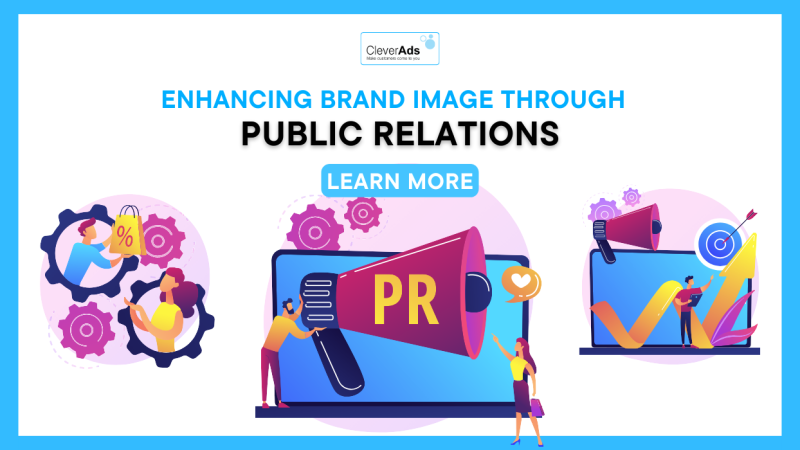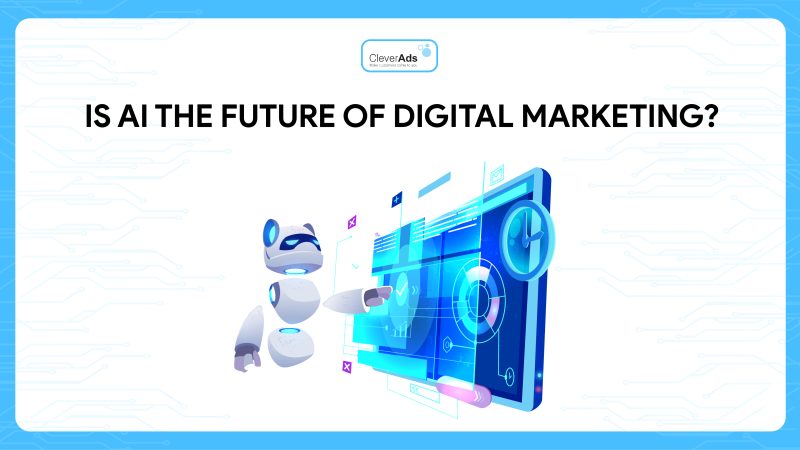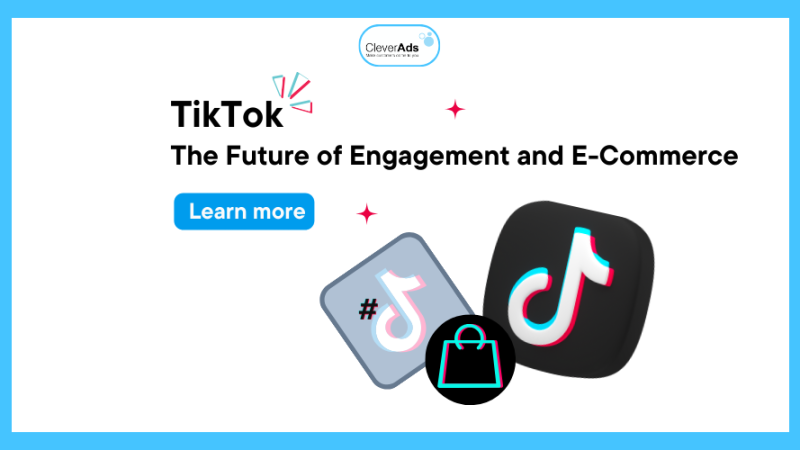What is Decoy effect?
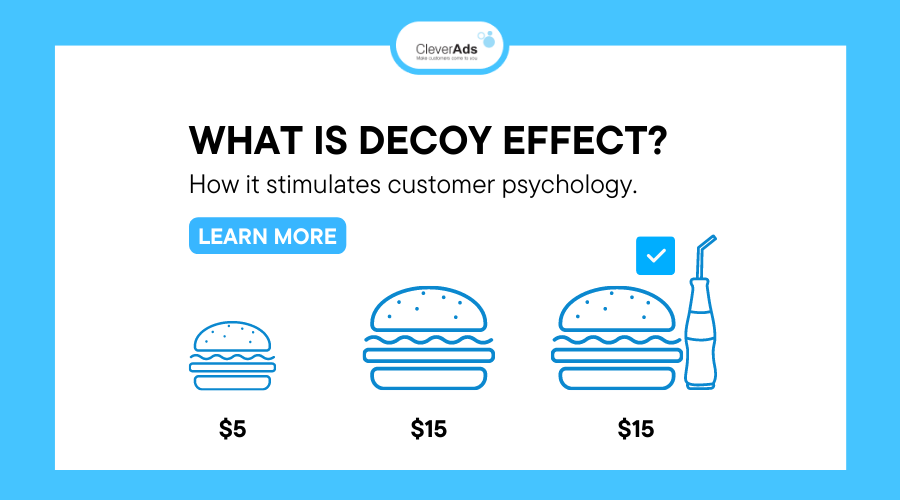
What is the decoy effect? Why do businesses always prioritize using the Decoy Effect? Tips to apply the Decoy Effect for your business in the best way.
1. Why is it called the decoy effect?
Have you ever felt like changing your mind between options 1 and 2, after the 3rd option was added? In this situation, you’ve been dominated by the decoy effect – where a user’s purchase decision is affected when a disproportionate third choice is added, causing the user to prioritize between the two choices available.
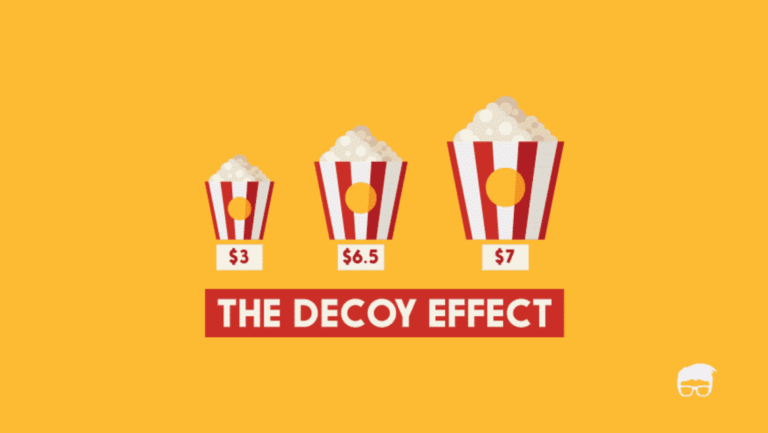
Source: Internet
2. How the Decoy Effect works
The name of the decoy effect comes from the fact that hunters often train a skilled bird to be “prey”, making their fellows more susceptible to traps.
In business, the “Decoy Effect” is applied frequently.
Purpose: To direct customers to buy the products that the business wants, with a happy and voluntary attitude.
To be able to use the decoy effect optimally, businesses need to choose products that want to drive revenue. Then make sure that the product accounts for the largest USP, always with the highest denomination.
The most important step, we need a “prey” product with the same face value (or lower) but not bringing as much value as the selected product.
Thus, the “Decoy Effect” will make customers consider the more expensive option but bring the highest value to your business.
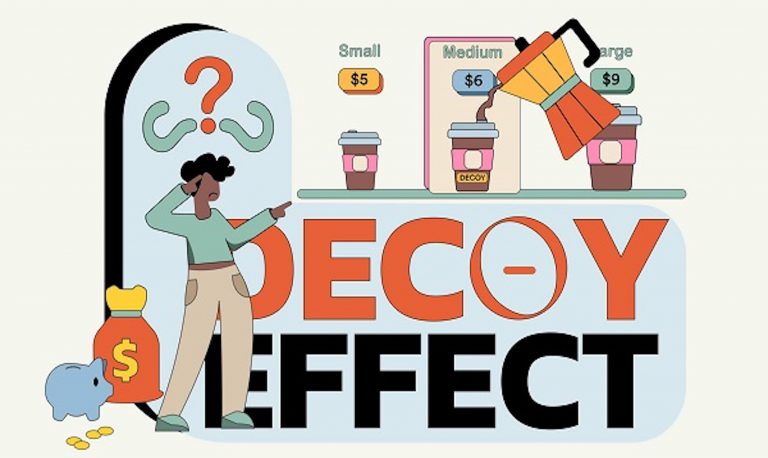
One of the famous uses of the “Decoy Effect” was The Economist when they introduced subscriptions to periodicals.
- Online Bundle: $59
- Print Package: $125
- Combo pack: $125
As a result, up to 90% of users chose the combo package. Customers thought they got the product at a bargain price, while the appearance of the $125 printed package was just “bait” for the newspaper to sell the combo pack with complete customer satisfaction.
Read more: What is the anchor effect? 7 ways to apply the anchoring effect to up sale
3. The Effect of the Decoy Effect on Marketing and Business
The increase in sales revenue
Successfully applying the “Decoys Effect” will show businesses a surge in sales. Because when driven by this effect, customers will choose the product they consider to be the “best” in terms of quality and price, not the product they originally intended to buy. As a result, customers will often choose a product that costs more than they intended.
Communication strategy – the nudge to change the situation
This is a commonly used strategy in Marketing, seen as a subtle push to change the buying situation. Without manipulating or threatening customers, the effect simply takes advantage of the cognitive bias of human behavior and pushes customers to choose a particular option through marketing tactics.
The decoy effect – love the number on the left
A typical example of the use of the decoy effect in business and marketing of businesses is the method of using odd numbers at face value. Stemming from the mentality of always looking at and remembering the first left number of customers, many businesses have used this as “bait” to implement attractive pricing strategies.
For example, the phenomenon is that a product priced at $49.99 will always be popular and bought more than a product priced at $50, thanks to the fact that the number on the left 49 is always less than 50.
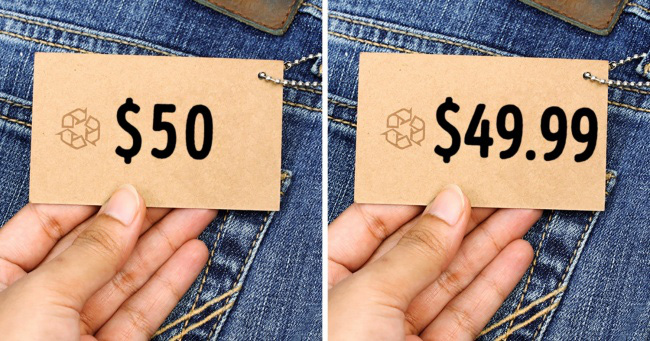
4. Conclusion
Through the above article, we were able to understand somewhat the Decoy Effect. “The decoy effect” is said to be a very ingenious competitive strategy among businessmen, aiming to hit the buying psychology of users.
However, if done unskillfully, the “Decoys Effect” can be a double-edged sword, creating objections to customers. Therefore, businesses need to flexibly use the above effect and other methods, to improve efficiency and avoid being “caught”.
If you need an optimal solution for Marketing, don’t hesitate to contact CleverAds via the website: Cleverads.com.ph.
